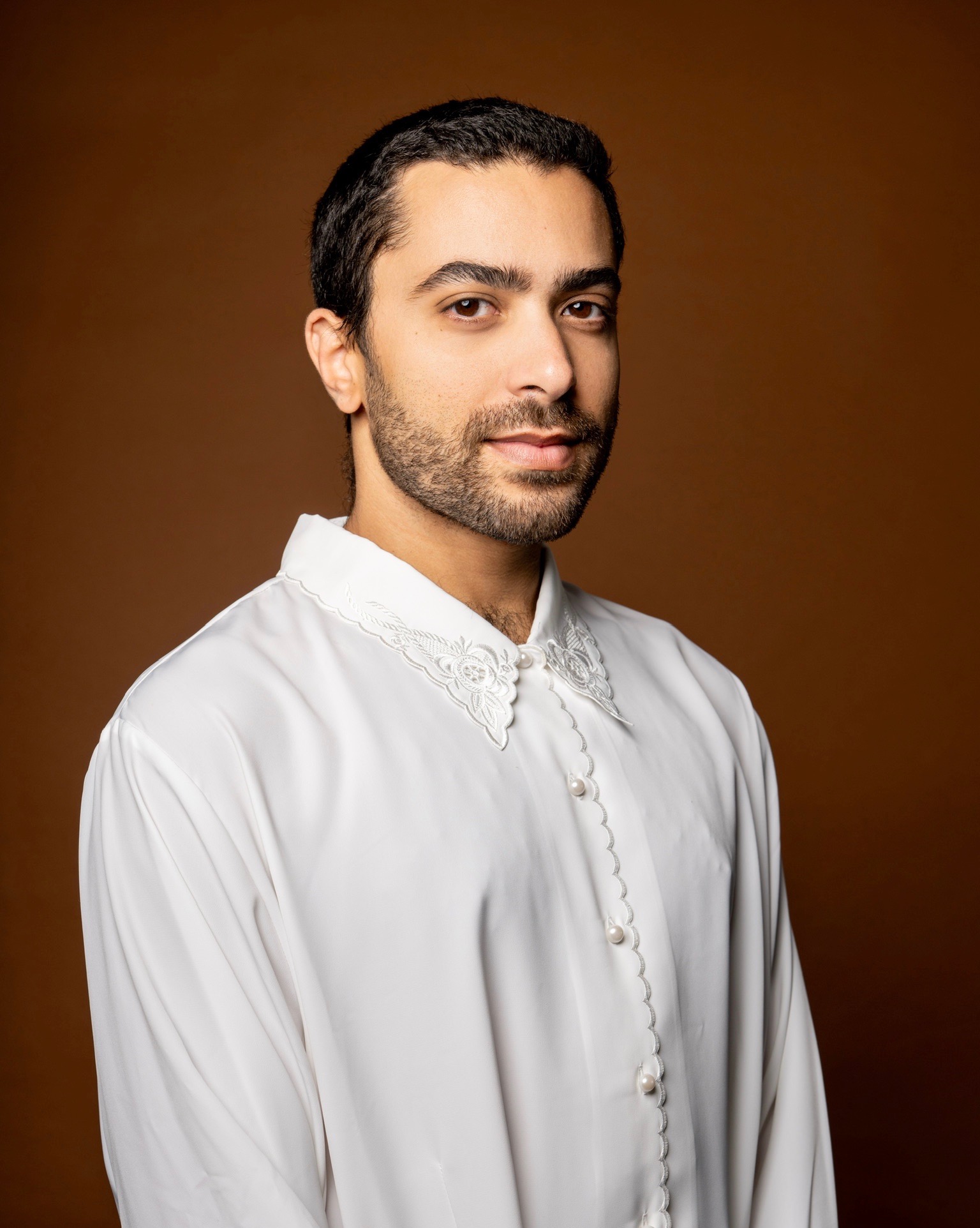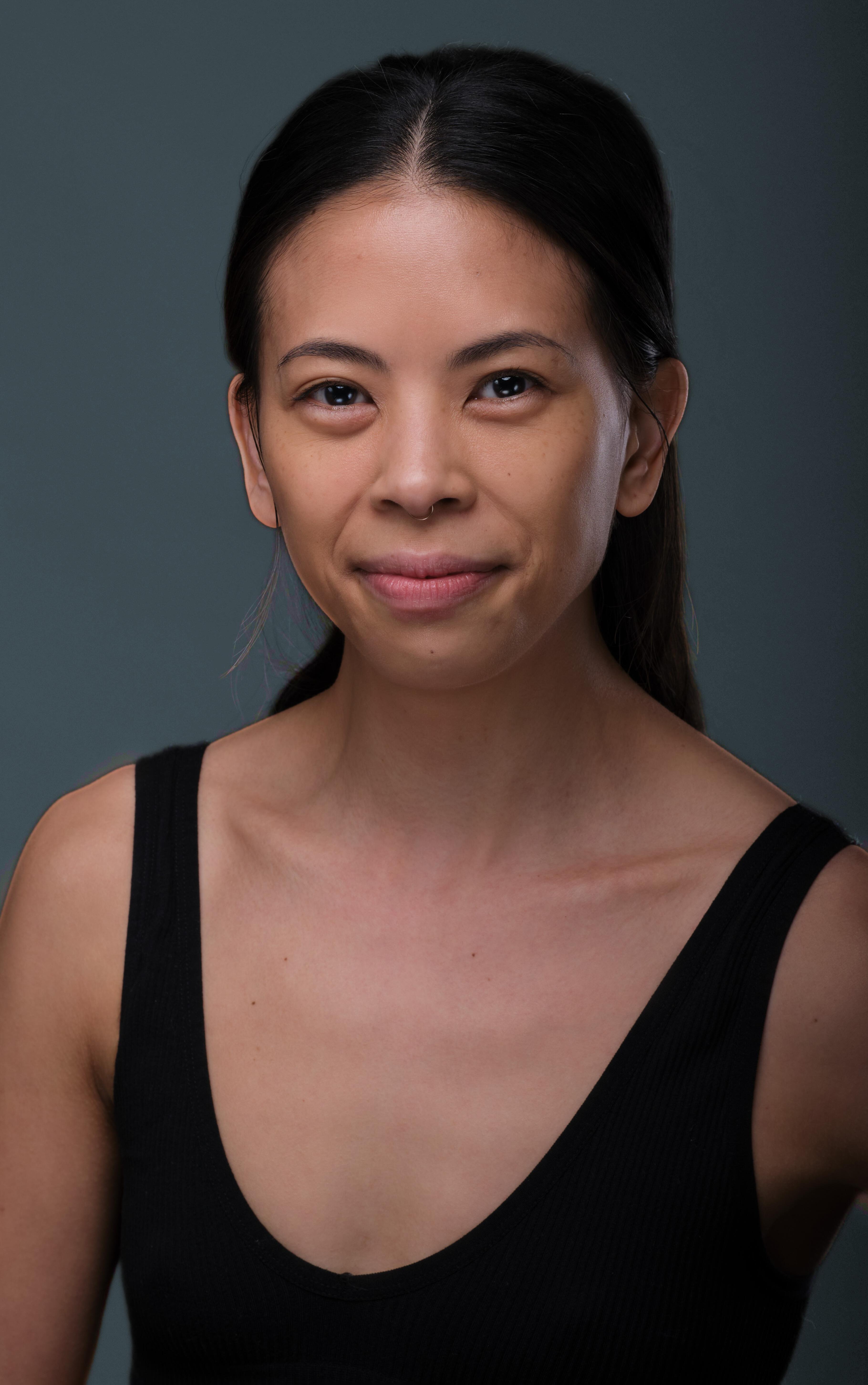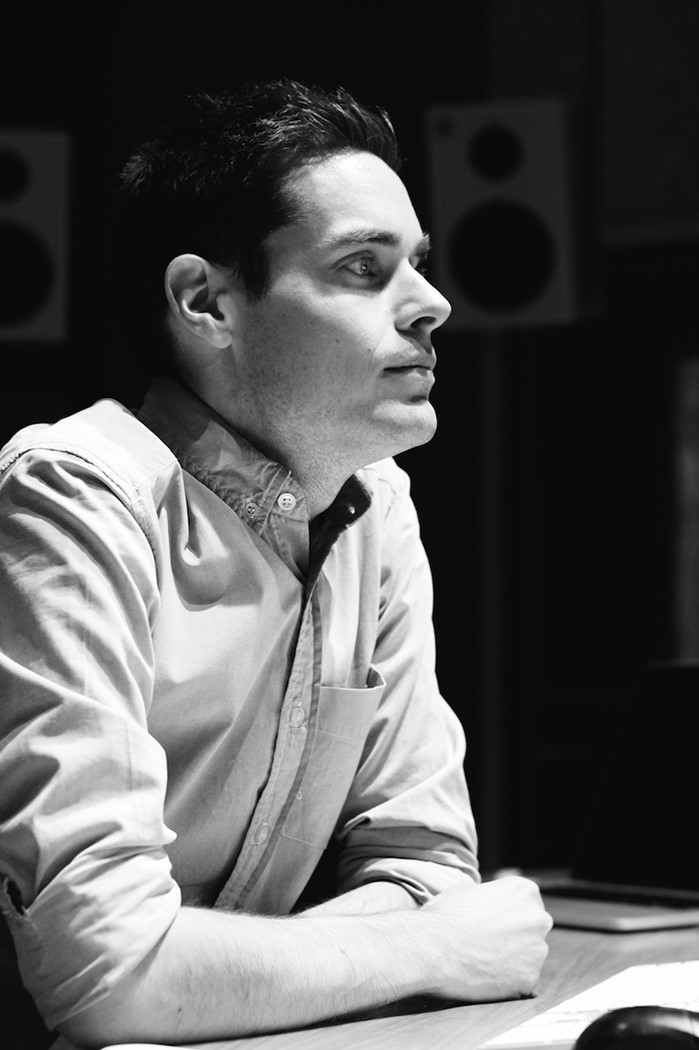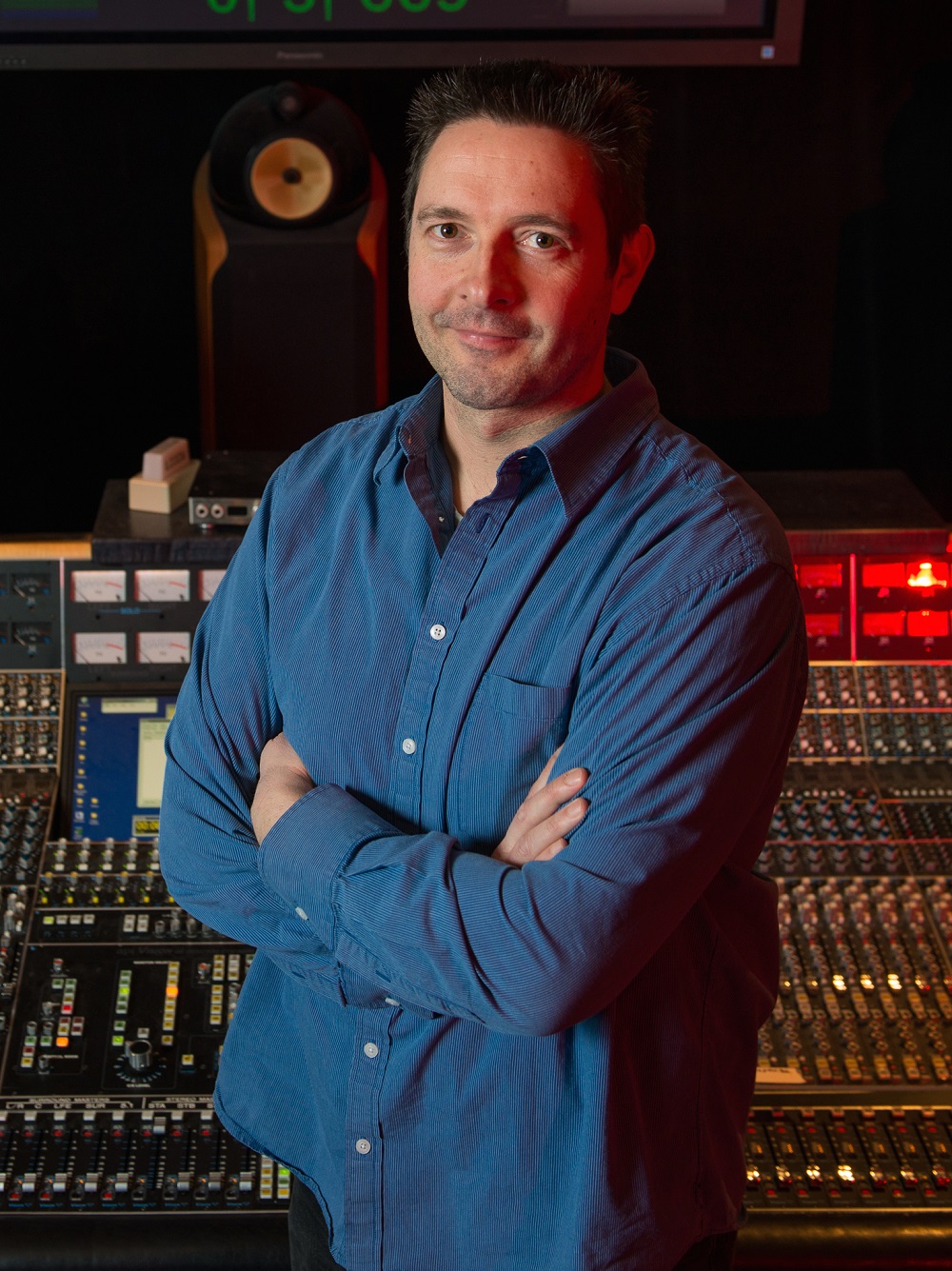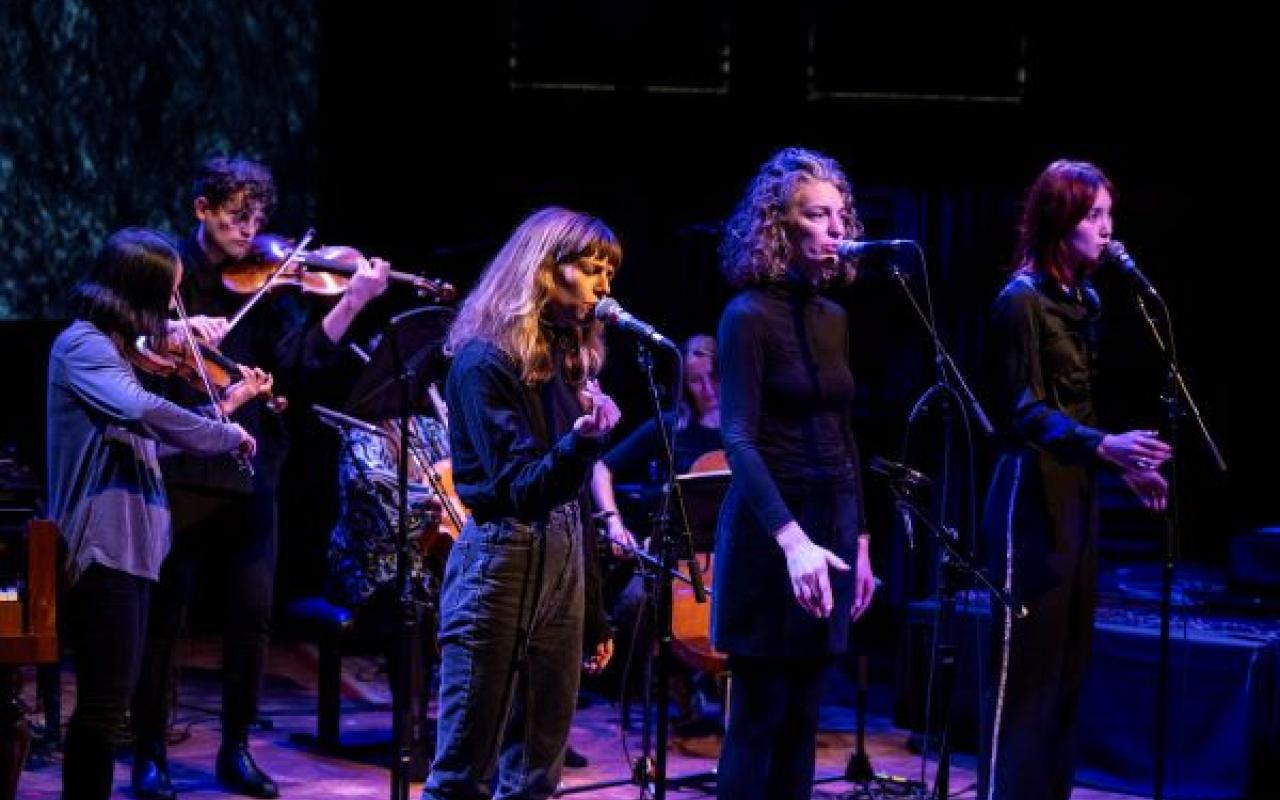
fullwidth padding
Melanie George (she/her) is an educator, choreographer, scholar, and certified movement analyst. As a curator and dramaturg specializing in rooted jazz dance and adjacent dance forms, and contemporary dance-theatre, she has worked on projects for Urban Bush Women, Raja Feather Kelly, Hélène Simoneau, Dormeshia, Susan Marshall, Alice Sheppard, Kimberly Bartosik, and SW!NG OUT, among others. She is the Associate Curator and Scholar in Residence at Jacob’s Pillow, Assistant Professor in dance at Rutgers University, and has guest lectured at Harvard University, Yale School of Drama, and The Juilliard School. Named one of Dance Magazine’s 30 over 30, she is the recipient of the Outstanding Leadership Award from the National Dance Education Organization. Melanie is currently touring as emcee/dramaturg/movement explorer with the Bessie-Award winning LaTasha Barnes Presents The Jazz Continuum.
